Introduction
Regarding sweeteners, honey and Agave have gained significant popularity among consumers. These liquid sweeteners are widely used in cooking, baking, and beverages.
Honey has been a cherished sweetener for centuries, treasured for its natural sweetness and distinct flavor. Honeybees produce it through the collection of nectar from flowers. The floral and earthy taste of honey has made it a versatile ingredient in various recipes, ranging from salad dressings to desserts.
Conversely, Agave has gained popularity as an alternative sweetener derived from the agave plant. Native to semiarid regions, mainly Mexico and the Caribbean, agave syrup offers a sweet caramel-like flavor. Its unique taste and liquid consistency have made it a sought-after choice for individuals looking for a different option to sweeten their favorite dishes.
This article primarily focuses on the differences between honey vs Agave. By examining their origins, taste profiles, and potential health benefits, we aim to provide valuable insights for making informed decisions. Understanding these distinctions will enable you to select the most suitable sweetener based on your preferences and dietary goals.
Origins and Processing
A. Agave, native to semiarid regions such as Mexico and the Caribbean, serves as the source of agave syrup. This sweetener is derived from the heart of the agave plant after removing its leaves and roots. The sap from the plant undergoes filtration, heating, and packaging for sale. Blue Agave is also used to produce mezcal liquors, including the well-known tequila.
B. Honey is a natural product created by honeybees by collecting nectar from flowers. The bees store the nectar in honeycomb frames within their hives, undergoing a transformation process. Beekeepers extract the honeycomb frames, remove the protective wax caps, and place the shelves in an extractor. The liquid honey is separated from the comb through centrifugal force and made ready for consumption.
Understanding the origins and processing methods of both Agave and honey provides valuable insight into the production of these sweeteners. Agave syrup is derived from the sap of the agave plant, while honey results from bees collecting nectar from flowers and transforming it into a delicious and natural liquid sweetener.
Taste Profiles
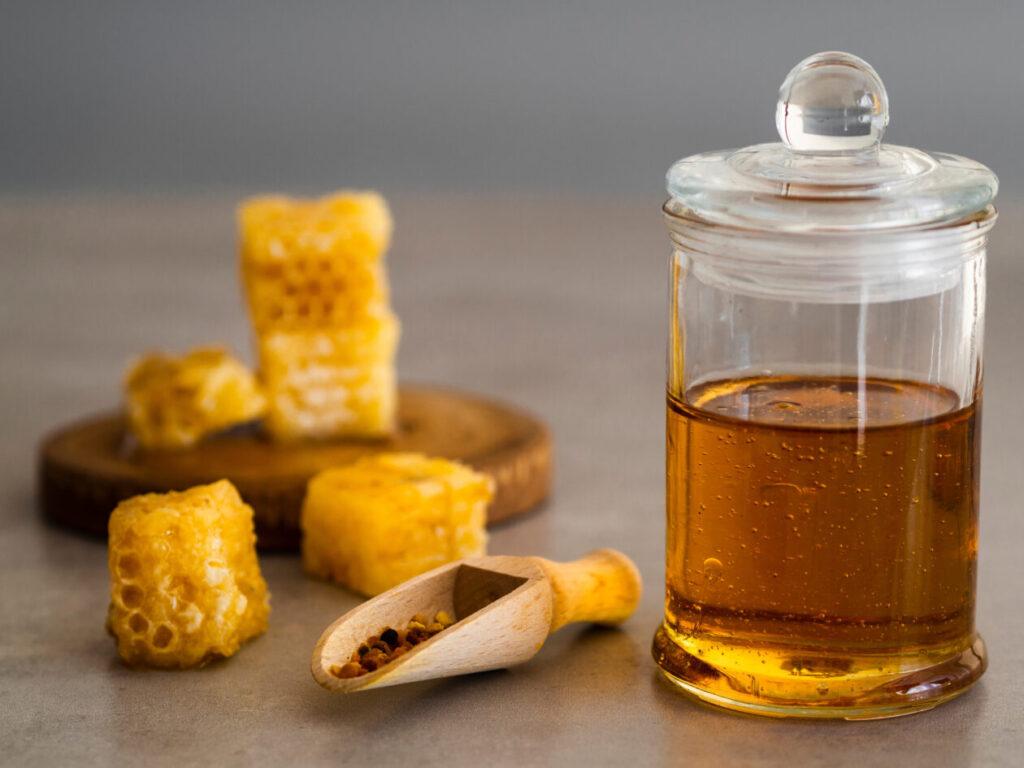
Agave is characterized by its sweet and caramel-like taste, offering a delightful flavor profile. The intensity of the bite can vary depending on the darkness of the agave syrup. Lighter varieties tend to have a milder sweetness, while darker ones possess a more robust and pronounced flavor. The caramel notes in agave syrup contribute to its unique taste, making it a favored choice for those seeking a distinct and enjoyable sweetness.
One serving of light agave nectar (1 tablespoon) contains (Webmd):
- Calories: 60
- Fat: 0 grams
- Cholesterol: 0 milligrams
- Sodium: 0 milligrams
- Carbohydrates: 16 grams
- Dietary fiber: 0 grams
- Sugar: 16 grams
- Protein: 0 grams
Agave also has small amounts of important vitamins like:
- Riboflavin (vitamin B2)
- Pyridoxine (vitamin B6)
- Folate (vitamin B9
- Vitamin K
Honey delights the palate with its floral and earthy taste. The flavor of Honey can vary based on the nectar sources from which bees collect nectar. Different flowers impart their nuances to Honey, resulting in variations in flavor, color, and aroma. Honey offers diverse taste profiles, from delicate and light floral notes to more profound and decadent earthy undertones. This natural variation in flavor adds complexity and richness to dishes where Honey is used as a sweetener.
One tablespoon, or 20 grams (g) of honey contains (USDA):
- Calories: 61
- Fat: 0 g
- Protein: 0 g
- Carbs: 17 g
- Fiber: 0 g
- Riboflavin: 1% of the Daily Value (DV)
- Copper: 1% DV
Health Benefits and Nutritional Content
It is essential to recognize that honey and agave should be considered sources of added sugar in the diet. However, they do offer certain health benefits when consumed in moderation.
A. Agave syrup has a low glycemic index, primarily due to its high fructose content. This means it has a lower impact on blood sugar levels than other sweeteners. The low glycemic index of agave syrup makes it a favorable option for individuals aiming to manage their blood sugar levels or those following a low-glycemic diet. Additionally, agave syrup contains trace amounts of vitamins, minerals, and phytonutrients, providing potent antioxidant benefits supporting overall health and well-being.
B. Honey, on the other hand, offers health benefits. It is rich in vitamins, minerals, amino acids, and antioxidants. These beneficial compounds present in honey can contribute to its potential advantages for gastrointestinal health, neurological function, and cardiovascular well-being. Moreover, honey possesses antioxidant properties that can help combat oxidative stress in the body, reducing inflammation and promoting overall health.
Substitutability in Cooking
Agave syrup can be a suitable substitute for honey in recipes where flavor is not crucial. Agave’s sweet and caramel-like taste can complement various dishes without overpowering other flavors. For example, agave syrup can be a sweetener in beverages such as smoothies, iced tea, or lemonade. It can also be drizzled over pancakes, waffles, or oatmeal for added sweetness. When making homemade granola bars or energy bites, agave syrup can provide the necessary sweetness to bind the ingredients together.
However, it’s important to note that honey’s distinct flavor may need to be more easily interchangeable with agave in certain dishes. Honey has a unique floral and earthy taste adds depth and character to recipes. For instance, in a honey mustard salad dressing, the distinct flavor of honey contributes to its tangy and sweet balance. Honey is also essential in recipes like baklava, whose rich flavor is a defining element. Additionally, in traditional honey-glazed ham or honey-roasted vegetables, the flavor of honey is necessary to achieve the desired taste and caramelization.
Substituting for Sugar
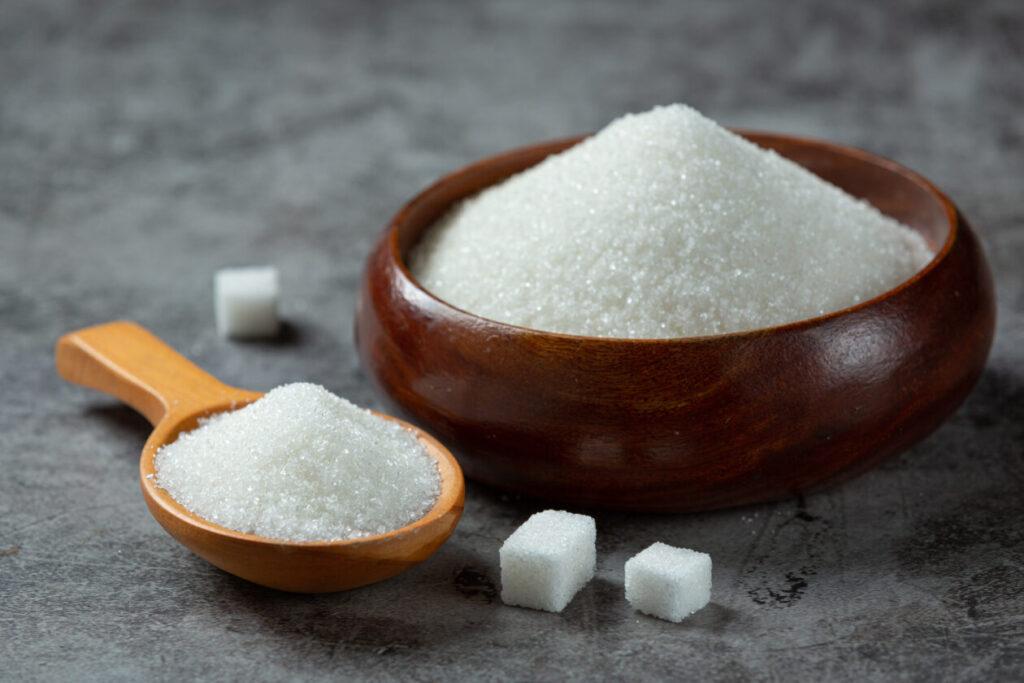
Agave syrup and honey can be excellent alternatives to regular sugar in cooking. Their liquid consistency makes them convenient to incorporate into various recipes. When substituting sugar with agave or honey, it’s essential to consider their sweetness levels and adjust accordingly.
To substitute sugar with agave syrup, use approximately 2/3 cup of agave for every cup of sugar called for in the recipe. Additionally, reduce the amount of liquid in the recipe by 1/4 cup to account for the added liquid from the agave syrup. Agave syrup’s natural sweetness makes it an ideal replacement for muffins, cookies, or sauces.
Similarly, when substituting sugar with honey, use approximately 3/4 cup of honey for every cup. Since honey is sweeter than sugar, a smaller amount is needed. Additionally, as honey has a higher moisture content, reducing the liquid in the recipe by 1/4 cup is recommended. Honey’s distinct flavor enhances the taste of baked goods like bread, cakes, or granola.
Considerations for Choice
Personal taste preferences and health goals play a crucial role when choosing between honey and agave. Both sweeteners offer distinct flavors and characteristics, allowing individuals to select based on their unique preferences and culinary needs.
Agave syrup is an excellent option for individuals following a vegan diet or looking to manage their blood sugar levels. As a plant-based sweetener, agave is free from animal-derived ingredients, making it suitable for vegan lifestyles. Moreover, its low glycemic index can benefit individuals with diabetes or those aiming to regulate their blood sugar levels.
On the other hand, honey boasts its own set of health benefits and supports beekeepers. Honey contains essential vitamins, minerals, amino acids, and antioxidants, contributing to well-being. By choosing honey, individuals can enjoy its potential benefits for gastrointestinal health, neurological function, and cardiovascular support. Additionally, consuming honey supports the work of beekeepers, who play a vital role in pollination and the preservation of ecosystems.
Whether you choose honey or agave, consuming both sweeteners in moderation is essential. While they offer certain health benefits, they are still sources of added sugar. Excessive consumption of sweeteners can contribute to health issues such as weight gain and dental problems. Therefore, enjoying honey and agave in moderation is crucial as part of a balanced diet, avoiding unlimited consumption.
Conclusion
In conclusion, honey and agave are two popular liquid sweeteners with distinct characteristics. Honeybees produce honey by collecting nectar from flowers, producing a floral and earthy taste. Agave syrup, derived from the sap of the agave plant, offers a sweet and caramel-like flavor. These differences in taste make each sweetener unique and suitable for different culinary applications.
When choosing between honey and agave, one must consider personal taste preferences and health goals. If flavor is not crucial and you are following a vegan diet or managing blood sugar levels, agave can be a suitable choice. On the other hand, honey is a favorable option if you seek potential health benefits and support for beekeepers. Understanding your preferences and health objectives will guide you in making the right decision.
Regardless of your choice, consuming both honey and agave in moderation is crucial. Both sweeteners are sources of added sugar and should be enjoyed as part of a balanced diet. Excessive consumption of sweeteners can lead to health issues, so it is important to exercise moderation and avoid total intake. By practicing moderation, you can appreciate the flavors and benefits of honey and agave while maintaining a healthy lifestyle.
Was this helpful?

Joseph Emb, RDN
Founder of StyleVitally.com | Registered Dietitian & Wellness Advocate
What I Cover:
I’m passionate about connecting nutrition science and everyday wellness to help people live healthier, more vibrant lives. I write about evidence-based nutrition, mindful eating, sustainable lifestyles, and holistic well-being at StyleVitally.com.
My Background:
The University of Texas in Austin, where I earned my Dietetics diploma, laid the groundwork for my nutrition and health career. My training and hands-on experience taught me the science and art of using nutrition to enhance health and well-being.
Professional Journey:
I’m an RDN with lots of experience. I’ve helped people seeking tailored nutritional recommendations in clinical settings and community outreach programs. My constant learning and professional development ensure that my recommendations are always based on the latest evidence.
Ethical Commitment:
My practice prioritizes integrity. My content is transparent and objective, following the most significant ethical standards. I can give my audience unbiased advice because I’m not affiliated with food businesses or industry associations. I want to help people make informed health decisions that match their values and ambitions.
Join Me on the Wellness Journey:
Join me on the path to vitality and well-being, whether facing nutritional issues, seeking sustainable lifestyle changes, or simply wanting a better, happier you. We’ll discover how diet, mindfulness, and holistic well-being can maximize your potential.



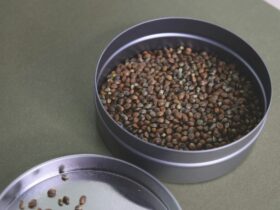
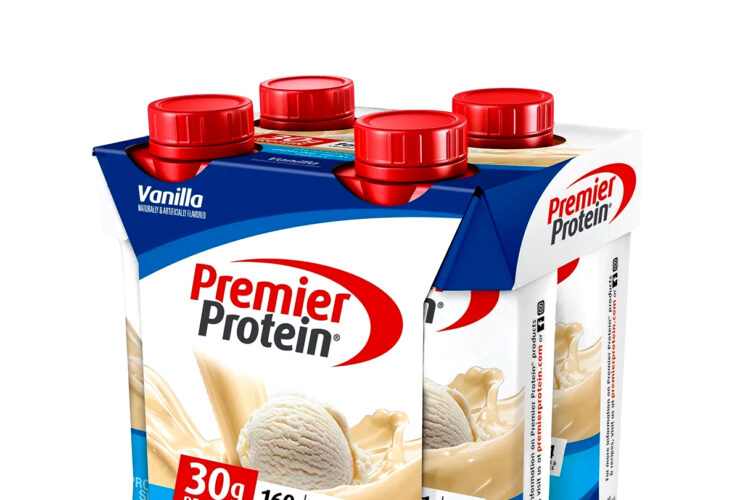



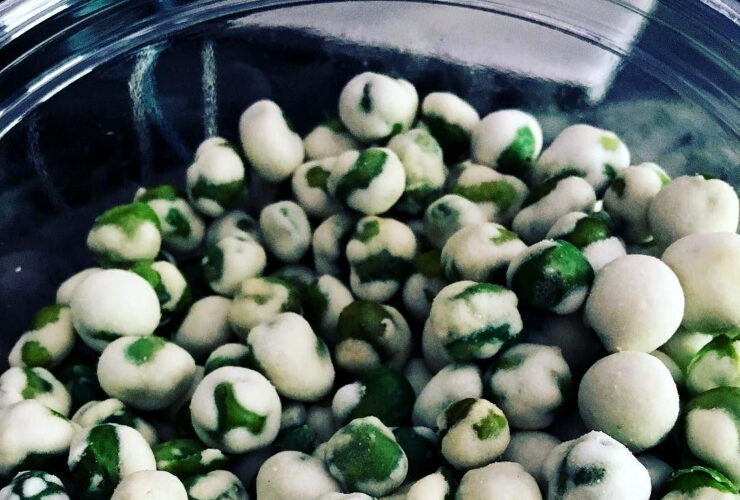
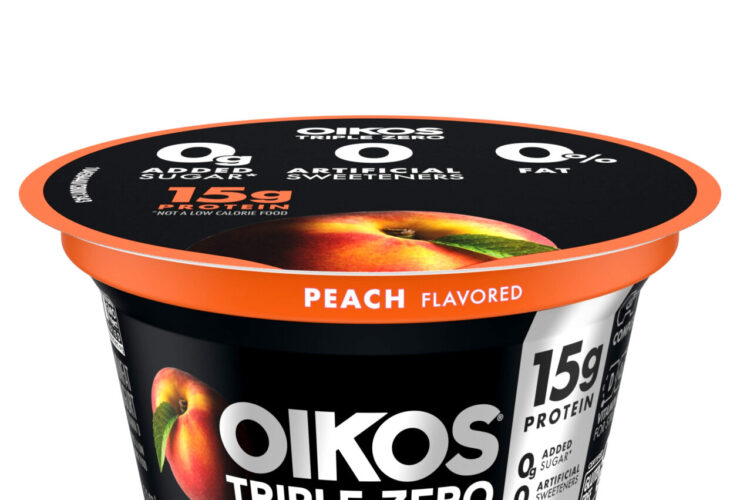
Leave a Reply
View Comments